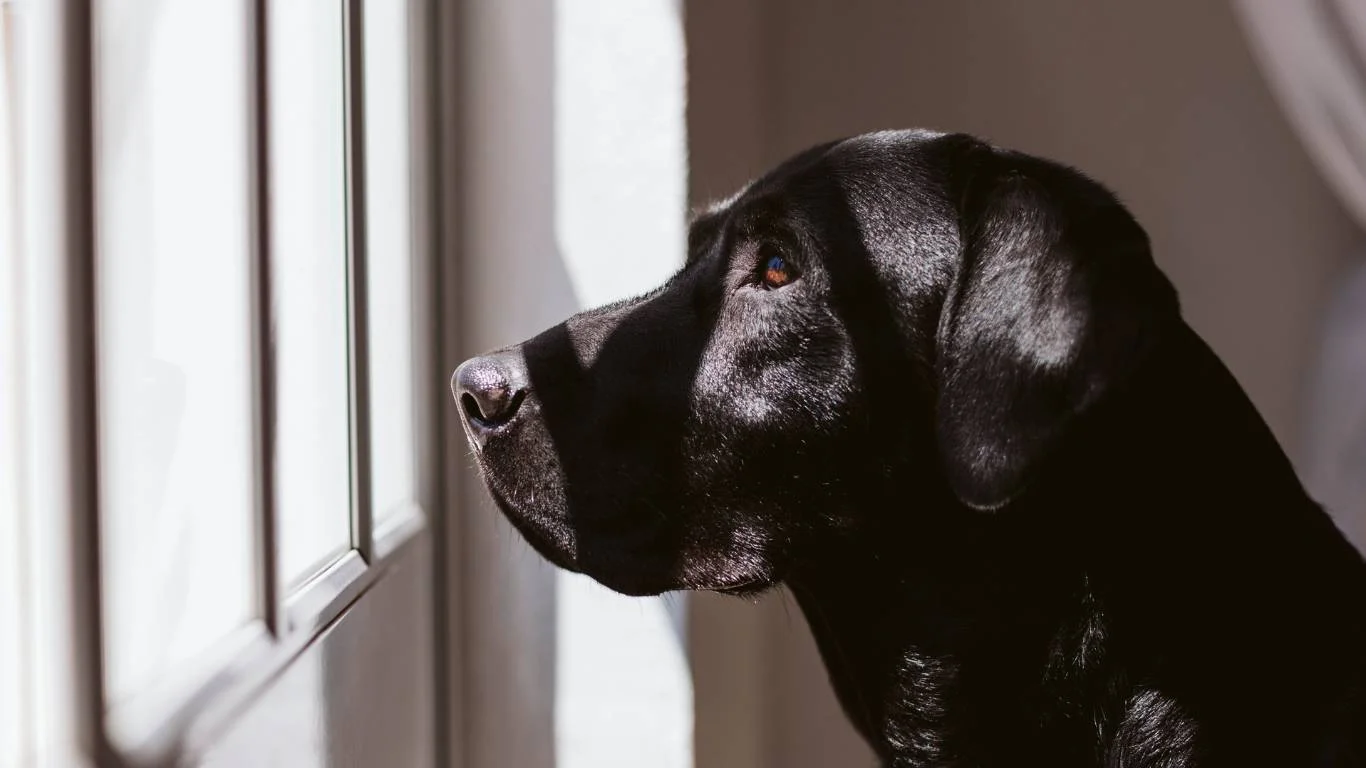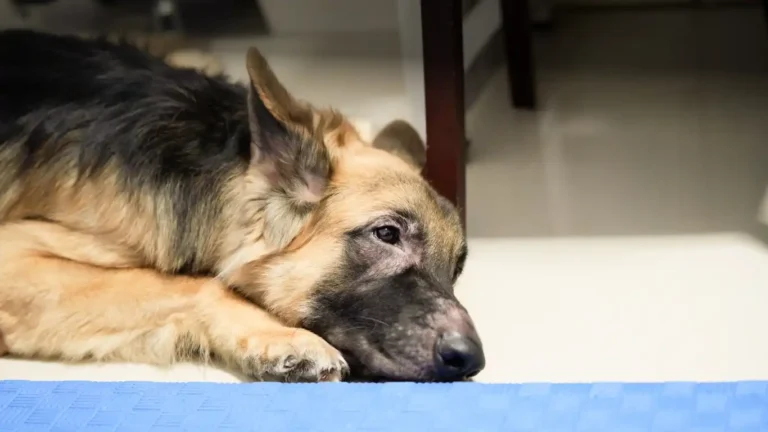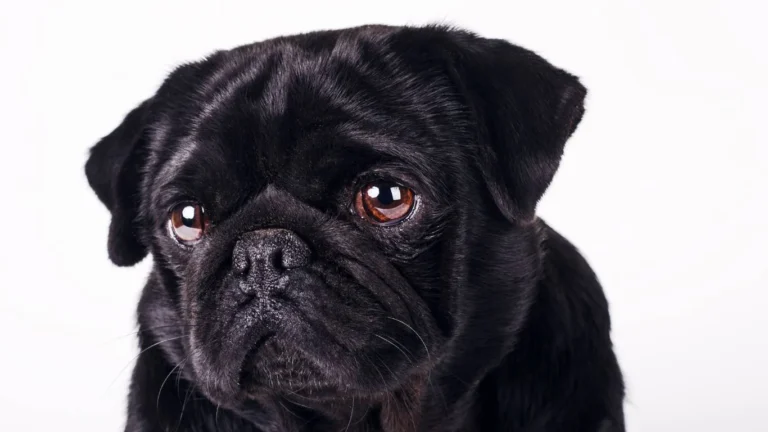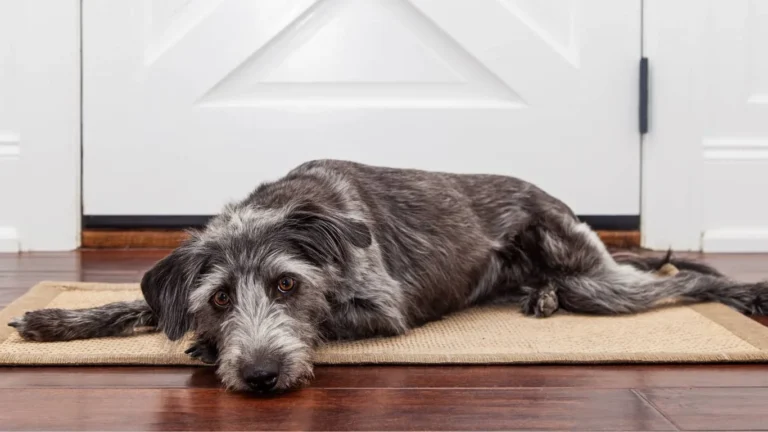Can Dogs Get Sinus Infections? Surprising Signs Every Owner Should Know
Can dogs get sinus infections? Oh yes, they absolutely can—and let me tell you, it’s more common than most pet parents realize. Working as a Veterinary Assistant with a strong focus on nutrition, I’ve seen countless cases where poor pups came in with symptoms their humans thought were “just allergies” or maybe a mild cold. But in reality, those sniffles and sneezes were signs of a full-blown sinus infection. So today, let’s dig into what’s really going on when your dog’s nose won’t stop running, and how you can tell the difference between a seasonal sneeze and something more serious.
What Exactly Is a Sinus Infection in Dogs?
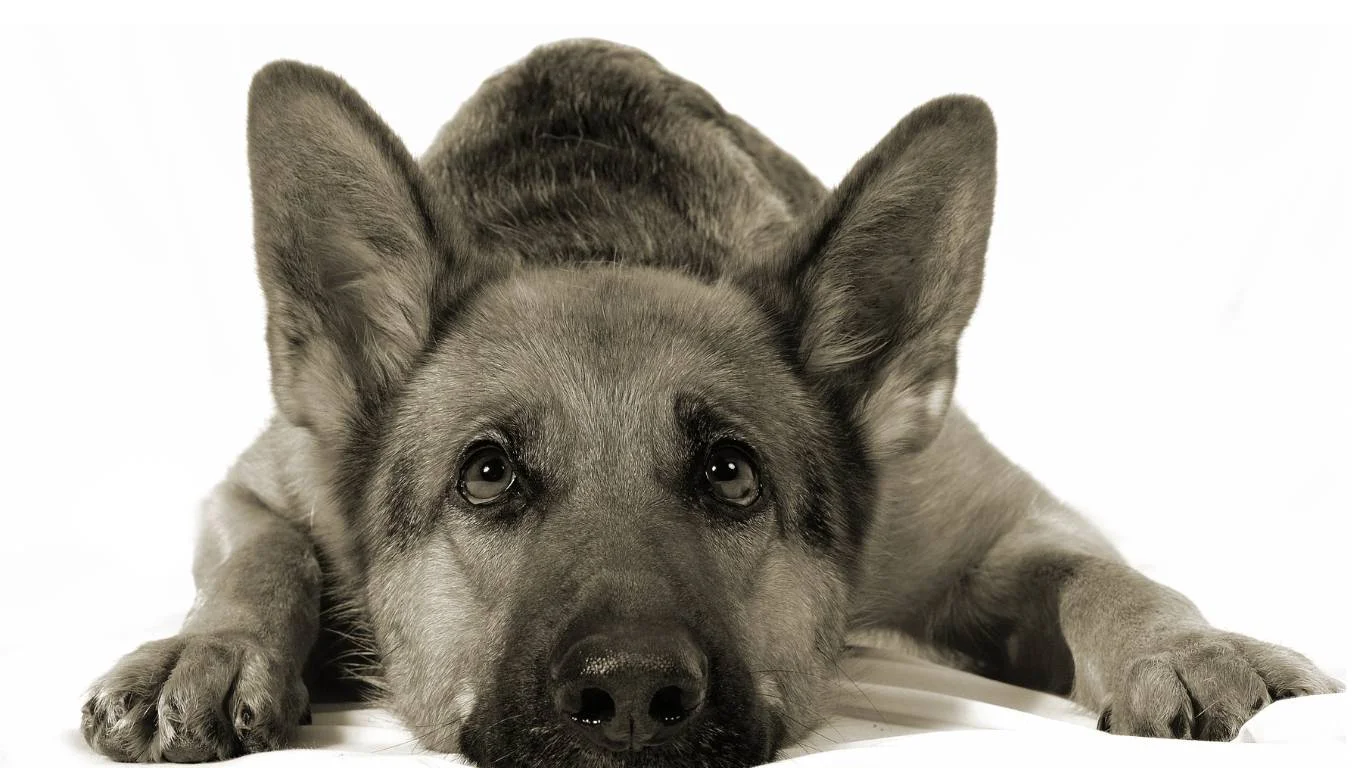
In the most basic sense, a sinus infection—also called sinusitis—is the inflammation or infection of the sinus cavities. Dogs have sinuses just like we do. They’re air-filled spaces located within the skull, and when they get inflamed, your dog can experience a host of uncomfortable symptoms. I’ve had more than one case where a dog was brought in for “lethargy and a bit of congestion,” and it turned out to be a raging sinus infection.
So, how does a sinus infection even happen?
Usually, it starts with something simple—like a common cold, an allergy flare-up, or even a dental issue. Yep, you read that right. Dental problems are a sneaky culprit behind sinus infections in dogs. I’ve seen this especially in small breeds where overcrowded teeth create a breeding ground for bacteria that can migrate up into the sinuses. Over time, that bacterial buildup leads to inflammation and infection.
- Allergies – Dust, pollen, mold, and even certain foods can irritate your dog’s nasal passages.
- Infections – Viral, bacterial, or fungal infections are all possible triggers.
- Foreign objects – Foxtails, grass seeds, or even a small piece of debris can lodge up in the nasal cavity. I’ve had to assist in a few snout explorations that ended with us pulling out the tiniest things causing big problems.
- Dental disease – Infections from the upper teeth can penetrate the sinus cavities.
Signs Your Dog Might Have a Sinus Infection
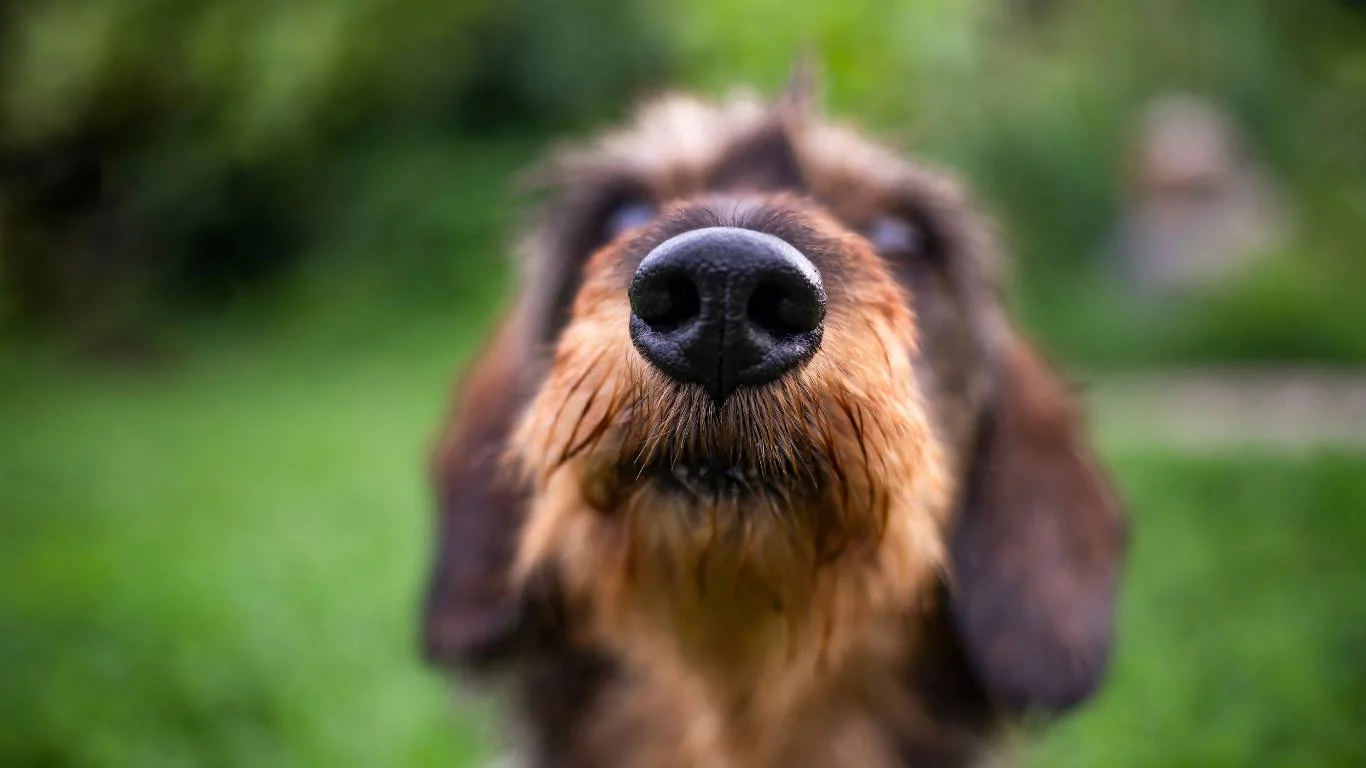
This is where things get tricky. Because dogs can’t exactly tell us what’s bothering them (if only, right?), you’ve got to pay close attention to their symptoms. Some signs are obvious, but others are surprisingly easy to miss if you’re not watching closely.
- Frequent sneezing – Especially if it’s more than usual or seems forced.
- Runny nose – Clear mucus might not be too worrying, but if it turns yellow or green? Big red flag.
- Bad breath – Not just stinky, but a foul, rotten smell could point to a bacterial issue.
- Swelling around the eyes or nose – Inflammation can cause visible puffiness.
- Eye discharge or redness – Infections can spread to the tear ducts.
- Lack of appetite or energy – Just like us, dogs don’t feel like eating when they’re under the weather.
One memorable case I worked on was a sweet Golden Retriever who came in acting totally off—barely eating, eyes watery, and just looked miserable. The vet and I did a nasal flush (which she hated, understandably), and we discovered a nasty bacterial infection that had been brewing for days. After a round of antibiotics and some supportive care, she was back to her tail-wagging self in no time.
Can Dogs Get Sinus Infections from Humans?

This is a question I get from clients all the time: “I’ve had a cold all week—did I pass it to my dog?” The short answer? It’s possible, but rare. Most viruses that affect humans are species-specific, meaning they won’t make the jump to our dogs. That said, certain strains of bacteria or less common viruses might cross over. And with everything we’ve learned in the past few years about zoonotic diseases (those that can be transmitted between animals and humans), it’s always better to play it safe.
If you’re sick, try not to let your dog lick your face, share your pillow, or snuggle up too close—especially if they’re already showing signs of being under the weather. Trust me, I know it’s hard to resist those cuddle sessions when you’re both feeling down, but a little space can go a long way in keeping your furry friend healthy.
How Vets Diagnose Sinus Infections in Dogs
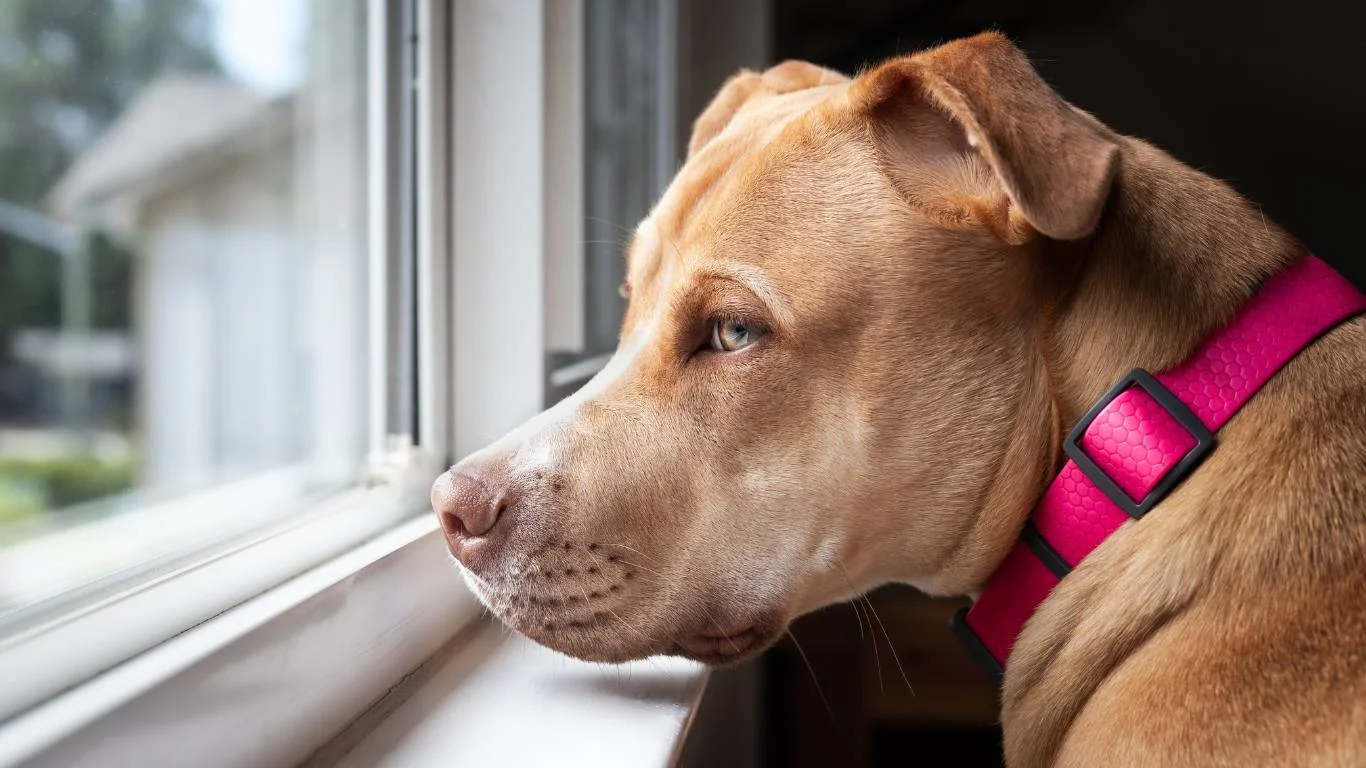
Now, if your dog is showing signs we talked about earlier—like discharge, sneezing, or even just acting off—don’t just assume it’s allergies and hope for the best. That’s where we come in. When I’m assisting during an exam, the first step is often gathering a solid history from the pet parent. We’ll ask about behavior changes, appetite, exposure to other animals, or even recent grooming sessions. (Yes, even a bath can sometimes cause irritation in sensitive pups!)
After that, the vet will usually perform a physical exam, looking at the nose, eyes, mouth, and even feeling the lymph nodes. But here’s the thing—diagnosing a sinus infection isn’t always straightforward. Sometimes we need to dig deeper—literally.
Common diagnostic tools and procedures:
- Nasal swabs – These can help identify bacterial or fungal infections. I’ve assisted in more than a few of these—it’s quick, but not always comfortable for the dog.
- X-rays or CT scans – Imaging gives us a clearer look at the sinus cavities and any obstructions.
- Rhinoscopy – This is when the vet uses a small camera to look inside the nasal passages. Super cool to watch, even though the dog is under anesthesia.
- Dental X-rays – Especially if we suspect the source is a dental issue, which happens more than you’d think.
I remember this one Labrador who came in with a chronic nasal discharge. The owners were convinced it was allergies, but after a CT scan, the vet discovered a decayed tooth had caused a secondary infection in the sinus cavity. A dental extraction and antibiotics later, he was a completely different dog—back to his goofy, tail-wagging self!
How Are Sinus Infections in Dogs Treated?

Once we know what we’re dealing with, treatment can begin. The approach really depends on the cause—so again, proper diagnosis is everything. I always tell pet parents, don’t skip the diagnostics. Treating blindly might mask symptoms for a while, but it won’t fix the root of the problem.
Here’s how we usually tackle it:
- Antibiotics – These are used for bacterial infections. The full course is crucial—don’t stop early even if your dog seems better!
- Antifungal meds – If a fungal infection is the culprit, the meds might be a bit more long-term.
- Pain relief and anti-inflammatories – Dogs in pain often show subtle signs, like not wanting to eat or hiding. These meds help them feel more comfortable.
- Dental care – If the infection originated from a tooth, we’ll treat the dental issue too—usually through extraction and antibiotics.
- Nasal flushes – I’ve helped restrain many a squirmy pup for this! A vet will flush out debris or discharge to help clear things up.
There was a scruffy terrier I worked with who had a recurring fungal infection in his sinus. After weeks of antifungal treatment, nasal flushes, and switching up his diet to support immune health, he finally turned the corner. It was a team effort between us, the vet, and some very patient pet parents.
Natural Remedies and At-Home Support (With Vet Guidance)

Let’s be real—medications are necessary for many sinus infections, especially the more serious ones. But that doesn’t mean you can’t support your dog at home, too. I’m a big fan of combining medical treatment with gentle, natural support where appropriate (always with your vet’s blessing, of course).
Here are some things I often recommend to clients:
- Humidifiers – These can help loosen mucus and make breathing easier, especially in dry climates. Just be sure the unit is clean—no mold!
- Warm compresses – Gently applying a warm compress to your dog’s snout can ease discomfort from pressure and inflammation.
- Immune-boosting nutrition – This is my wheelhouse! Foods rich in omega-3s, antioxidants, and probiotics can support recovery. Bone broth is a favorite of mine—it’s soothing, hydrating, and dogs love it.
- Avoiding irritants – If your dog’s infection started with allergies or irritants, ditch scented candles, harsh cleaners, and dusty bedding. You’d be surprised how many issues we trace back to household products.
I always say—recovery doesn’t stop at the vet’s office. Creating a clean, comfy environment at home can make a huge difference in how quickly your dog bounces back. One of my own rescues had chronic upper respiratory problems, and the day I bought a quality air purifier for our home? Game changer.
Of course, all these options are supportive—not cures. Never skip the vet visit or try to treat a suspected infection with over-the-counter human meds. I can’t tell you how many well-meaning pet parents come in after giving their dog something “natural” they read about online, only to find out it made things worse. Always check first.
Preventing Sinus Infections in Dogs: What You Can Do
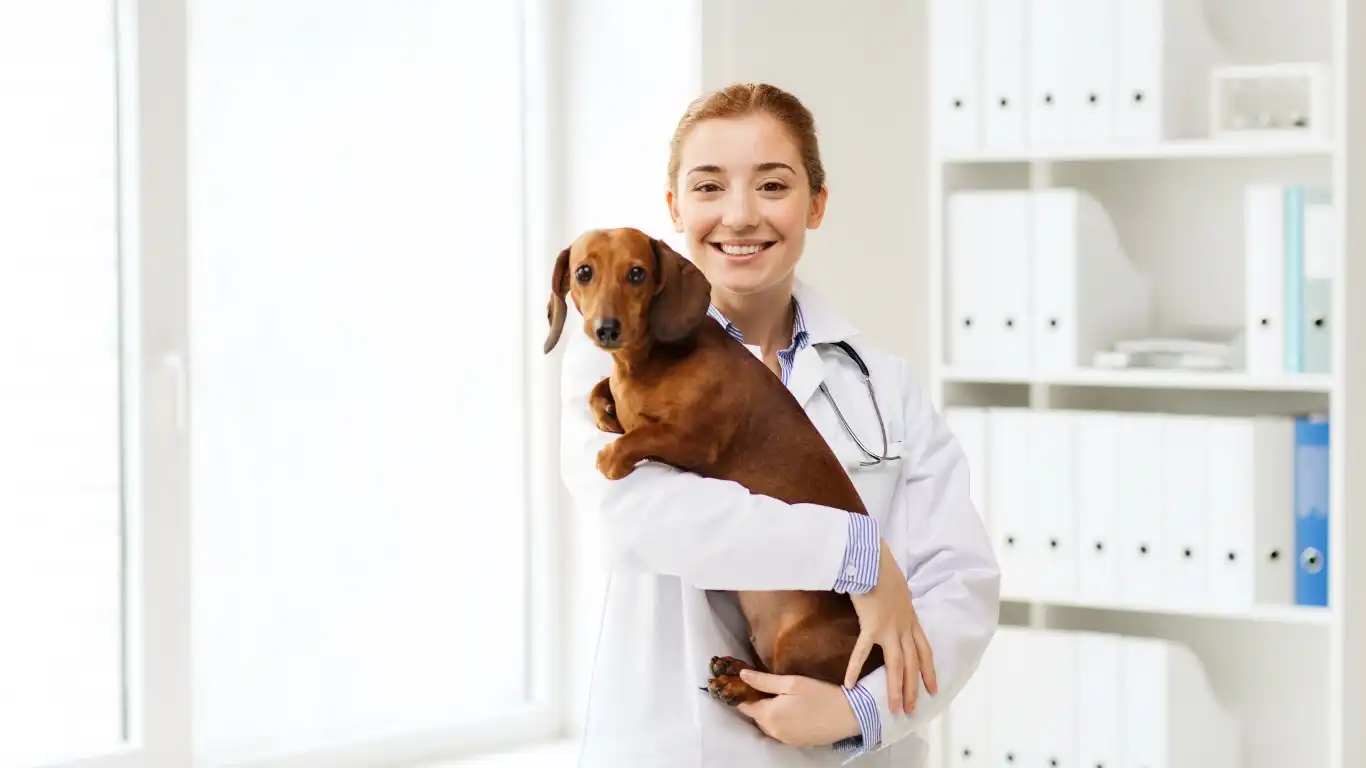
After spending years working hands-on with dogs, I can confidently say that prevention is always better than cure—especially when it comes to sinus infections. Once your dog has experienced the discomfort of a sinus infection, you’re likely to be extra vigilant (and rightly so). But the good news is, many causes of sinus infections are totally preventable with a little daily care and some attention to your dog’s environment.
Tips from my experience as a Veterinary Assistant:
- Keep your dog’s living space clean and dust-free. Dust and mold are common irritants. Regular vacuuming and washing of bedding can reduce airborne allergens that trigger sinus problems.
- Regular grooming and nasal hygiene. Certain breeds with long hair around their noses, like Shih Tzus or Bulldogs, might need more frequent grooming to keep nasal passages clear.
- Watch for early signs of dental issues. Dental health is more linked to sinus infections than many people realize. Routine teeth brushing and professional cleanings can prevent infections that spread to the sinuses.
- Avoid exposure to smoke, strong chemicals, and heavy fragrances. These can irritate sensitive nasal passages and set the stage for infections.
- Boost your dog’s immune system naturally. A balanced diet rich in antioxidants, omega fatty acids, and vitamins can help your dog fight off infections before they start. I’ve always been a fan of incorporating fresh veggies and high-quality proteins—plus the occasional bone broth for a little extra immune support.
- Address allergies proactively. If you know your dog is allergic to pollen, dust mites, or certain foods, talk to your vet about allergy management. Sometimes simple changes like air filters or hypoallergenic diets can keep symptoms at bay and reduce the risk of secondary infections.
One memorable client had a French Bulldog who suffered from seasonal sinus infections for years. After a comprehensive allergy work-up, we helped her switch to a grain-free diet and added a daily omega-3 supplement. Over the next year, her dog’s sinus issues dropped dramatically. That kind of improvement always feels like a win for everyone involved!
When to See Your Vet: Don’t Wait It Out
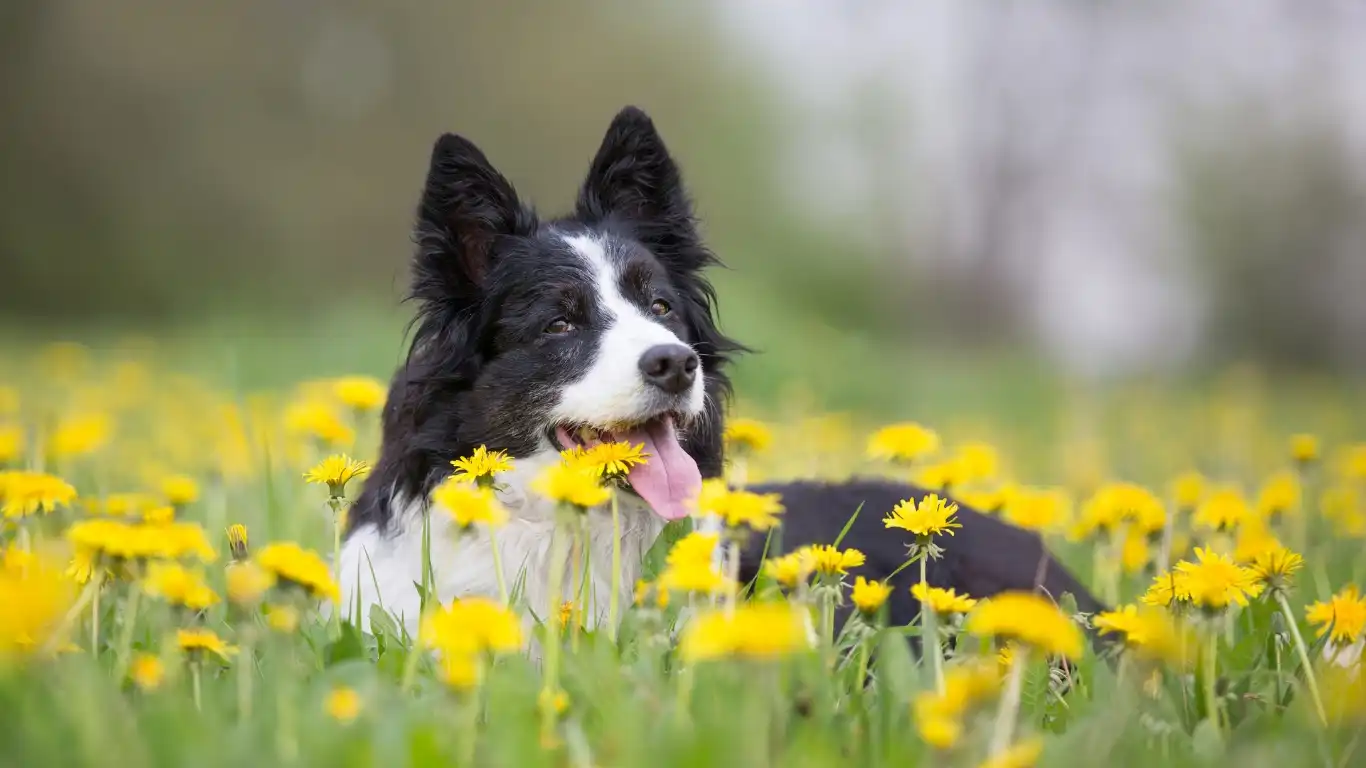
It’s tempting to wait and see if your dog’s symptoms clear up on their own, especially if it seems mild. But in my years assisting vets, I’ve learned that early intervention can save your dog a lot of misery. Sinus infections, left untreated, can worsen or lead to complications like chronic infections, abscesses, or even spread to the eyes or brain.
Here are some clear signs that it’s time to call your vet:
- Symptoms lasting more than 7-10 days without improvement.
- Thick, colored nasal discharge that keeps coming back.
- Difficulty breathing or noisy breathing.
- Swelling or deformity around the nose or eyes.
- Loss of appetite or lethargy.
- Persistent sneezing or coughing, especially if it’s getting worse.
When you bring your dog in, be sure to give your vet as much information as possible—when symptoms started, any changes in behavior or diet, and if you’ve noticed any other health issues. The more we know, the better the diagnosis and treatment.
As someone who has seen the relief on pet parents’ faces after their dogs recover, I can’t stress enough the importance of trusting the process and seeking care early. Your dog’s nose isn’t just for sniffing—they rely on their sense of smell for so much of their world, so keeping those nasal passages healthy is key to their happiness and wellbeing.
References & Resources
- American Veterinary Medical Association (AVMA)
- American Animal Hospital Association (AAHA)
- Veterinary Information Network (VIN)
- World Small Animal Veterinary Association (WSAVA)
Disclaimer
This article is intended for informational purposes only and is not a substitute for professional veterinary advice, diagnosis, or treatment. If your dog shows any signs of illness or distress, please consult your veterinarian promptly. The author is a Veterinary Assistant with a focus on nutrition but is not a licensed veterinarian. Always follow the guidance of your trusted veterinary professional for your pet’s health care needs.
